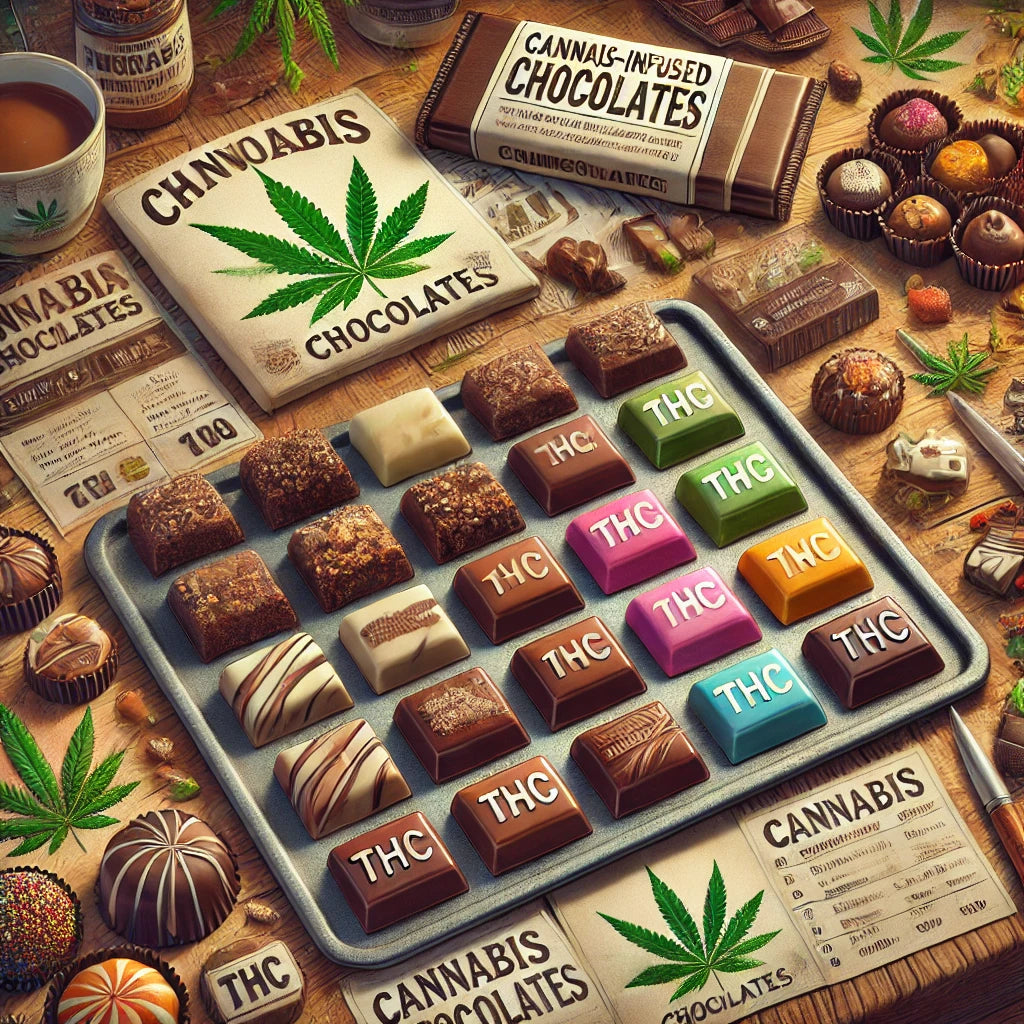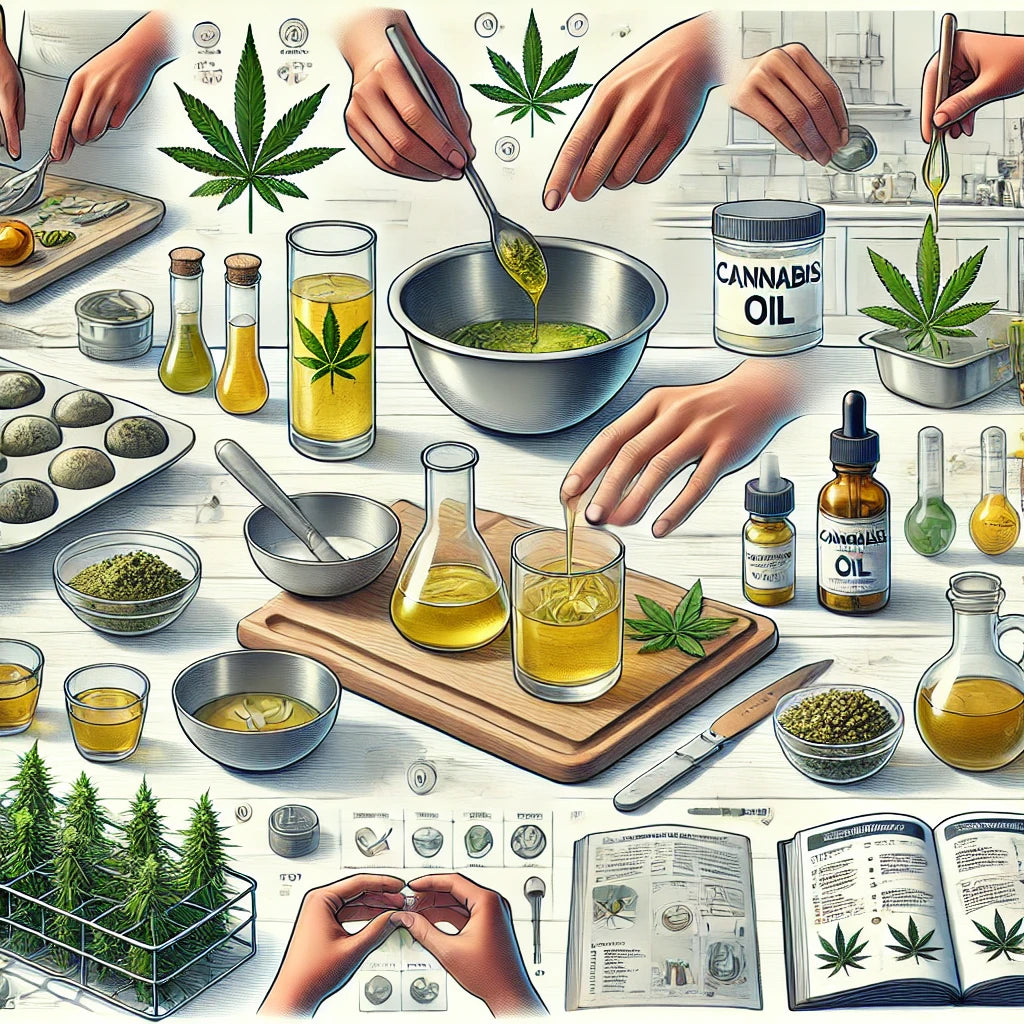If you’re unfamiliar with cannabis packaging, understanding all the information on the label can be confusing. Find out what everything means and what to be aware of.
Health Canada strictly regulates the packaging and labelling requirements for legal recreational cannabis products. Therefore, licensed producers must share a lot of information about their products directly on the packaging and product label. While this makes for a busy label, it allows the consumer to clearly see all the information you need to understand what you are buying. And, because the labelling is consistent for every product, you'll understand them all if you know one. Cannabis labels have many of the standard elements you'd see on any product, such as barcodes and brand logos, in addition to storage information and health warnings. There are also a few unique items that warrant special attention:
Strain Types
There are three main categories of cannabis strains: Indica, Sativa and hybrid. Each type has unique characteristics, and hybrids can be further categorized as Indica or Sativa dominant based on their lineage. Some cannabis labels may indicate what kind of strain category the product belongs to and the specific strain name given by the producer.

Packaging and Expiry Dates
Cannabis labels list the date that the cannabis was packaged. This packaging date is not indicative of when the product was harvested but rather when the finished product was placed and sealed in its final packaging. Expiry dates, which are directionally used to communicate the stability of the product in regards to potency, are not mandatory in Health Canada regulations. So that some licensed producers will provide them, but many do not.

Product Weight
While the product's weight on the label may seem self-explanatory, it's worth knowing that Health Canada does allow for slight weight variances in dried flower weight. The allowable variance is up to 10% for products containing less than 2 grams and 5% for 2 grams or more. So, if you were to weigh your cannabis straight out of the package, you may notice a slightly higher or lower amount than specified.

Warning Labels
Every product is packaged in child-safe, tamper-proof packaging to protect youth from the adverse effects of cannabis. Additionally, because THC is intoxicating, the package for any product containing THC above ten micrograms per gram will feature a red icon to indicate the presence of THC and a message highlighted in yellow carrying a health-related warning.

CBD and THC Content
As the two cannabinoids are primarily responsible for the effects of cannabis, CBD and THC content must be displayed on every product label. To help consumers make informed decisions, they are displayed in two ways.

What’s the difference between the two numbers?
First, it's essential to know that cannabinoids are only activated by heat over 150 degrees Celsius – a process called decarboxylation. So, in its natural state, cannabis has a low level of active cannabinoids. When cannabis is decarboxylated, either through heating or processing, its cannabinoid levels increase.
The first numbers listed as "THC" and "CBD" on package labels represent the active cannabinoid levels in the cannabis as purchased. Dried cannabis will have a low level of active cannabinoids because it hasn't been heated yet.
The second numbers are listed as "Total THC" and "Total CBD." These figures represent the active cannabinoid levels in cannabis when ready for consumption. The second and first numbers will be the same between products because oil and capsule products have been processed (and the cannabinoids heated already).
If you ever need to reach the licensed producer of every product must provide their name and contact details on the product label, including an email address and phone number.
Each product also includes a lot number which refers to a specific harvest or "lot" of products, which helps trace it back to quality control processes. Take note of the lot number if making a product inquiry.
Understanding cannabis labels is essential for making an informed decision about products. While they contain a lot of information and feature some unique elements, the details are helpful once you know what they mean. Read labels carefully to find the information you need.

Licensed Producer Information
Should you ever need to reach them, the licensed producer of every product must provide their name and contact details on the label, including an email address and phone number.
Each product also includes a lot number which refers to a specific harvest, or “lot” of products, which helps trace it back to quality control processes. Take note of the lot number if making a product inquiry.
Understanding cannabis labels is important for making an informed decision about products. While they contain a lot of information and feature some unique elements, the details are helpful once you know what they mean. Read labels carefully to find the information you need.
Important Notice: Content on this website is intended strictly for informational purposes. Ashario does not promote any product or represent that the products mentioned on Ashario's website are treatments for any kind of medical condition. Ashario cannot guarantee that information provided is error-free or complete and is not responsible for the quality of the information provided by users. Ashario does not endorse any user-reported information, any particular strain, product, producer, organization, treatment, or therapy.
Important Notice: Content on this website is intended strictly for informational purposes. Ashario does not promote any product or represent that the products mentioned on Ashario's website are treatments for any kind of medical condition. Ashario cannot guarantee that information provided is error-free or complete and is not responsible for the quality of the information provided by users. Ashario does not endorse any user-reported information, any particular strain, product, producer, organization, treatment, or therapy.








